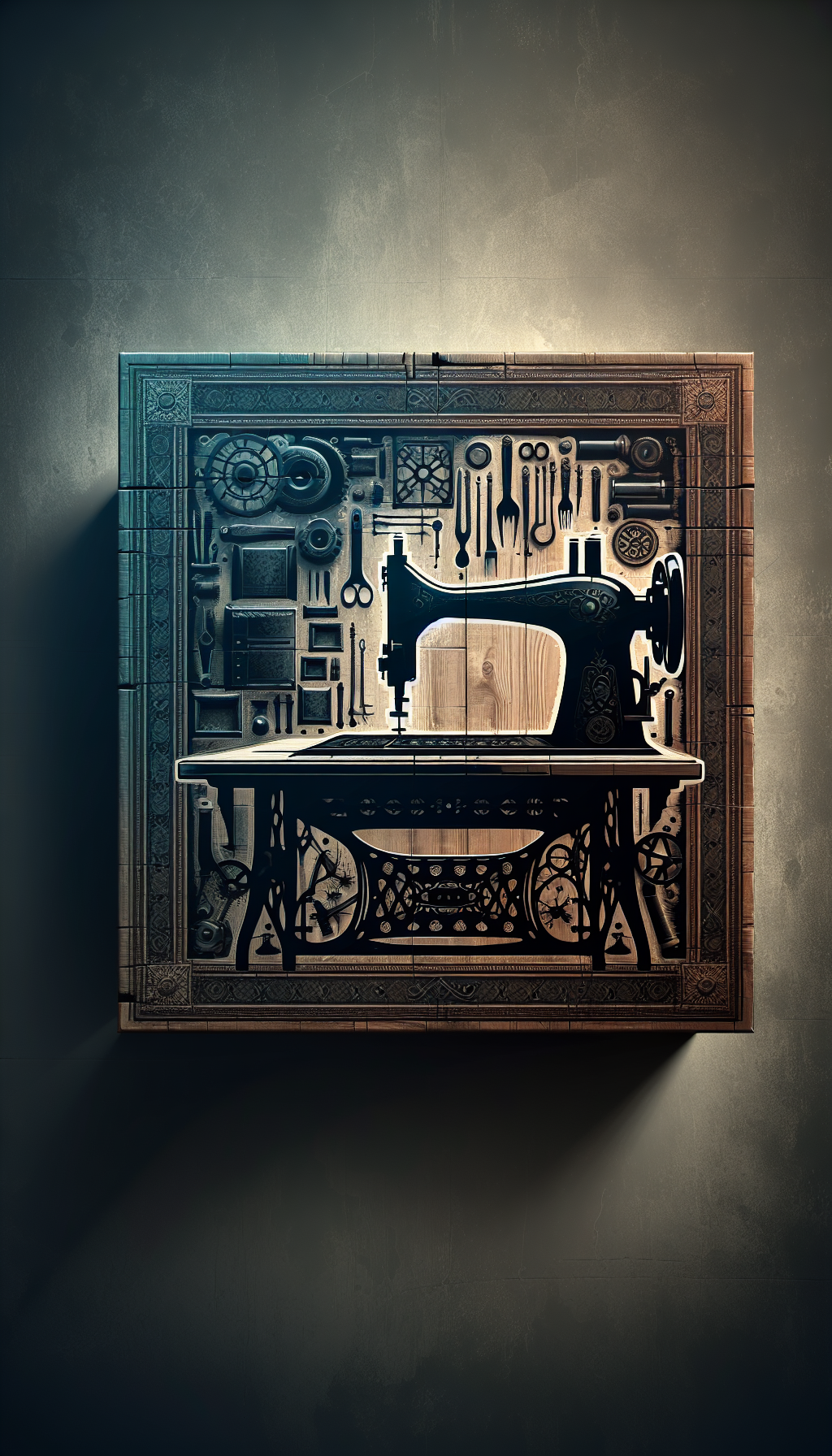Eric Sloane American 1905 1985
A succinct profile of Eric Sloane (1905–1985)
Eric Sloane, born 1905 and active until his death in 1985, occupies a distinct place in American art as painter, illustrator, writer, and interpreter of early American life. He is best known for luminous cloudscapes and deeply observed views of barns, covered bridges, and hand tools—the visual vocabulary of New England and rural America. His art blends painterly skill with the perspective of a weather observer and folklorist. Sloane’s prolific publishing—volumes like A Museum of Early American Tools, A Reverence for Wood, and Diary of an Early American Boy—reinforced his reputation as a chronicler of America’s pre-industrial heritage.
Though largely self-directed, Sloane acknowledged inspiration from the painter John Sloan and briefly trained in New York. He traveled widely, developed a pilot’s eye for skies, and later executed weather-themed murals, including a major installation for the National Air and Space Museum. He maintained a deep connection to Connecticut and New England while also painting the big skies of the Southwest.
For appraisers, Sloane is a two-track market: (1) fine art oils on panel or canvas, often with expansive skies and weather, and (2) pen-and-ink drawings and illustrations connected to his books and tool studies. Add to that a third tier of signed and unsigned prints and reproductions. Sorting these categories accurately drives valuation.
What to look for: mediums, subjects, signatures
Mediums and supports
- Oils: Most desirable works are oils on Masonite/hardboard or canvas. Sloane frequently used board for stability; the reverse may show old Masonite branding or period hardware.
- Casein/tempera: Occasional works, especially for murals and studies.
- Works on paper: Pen-and-ink illustrations with Sloane’s hallmark crosshatching, marginal notes, and precise labeling of tool types or architectural elements.
- Prints: Offset lithographs and serigraphs exist, as well as book plates later marketed as prints. Beware modern giclée reproductions marketed as “limited editions.”
Recurring subjects and motifs
- Skyscapes: Low horizon lines with towering cumulus, storm fronts, and shafts of sun; finely blended cloud edges; restrained yet radiant palette.
- New England architecture: Clapboard barns, shingled roofs, covered bridges, meetinghouses; convincingly depicted joinery, hinges, and weathered wood.
- Rural implements: Axes, adzes, planes, augers; often isolated as near-portraits of tools in drawings.
- Seasonal atmospherics: Snow squalls, thaw, mud-season roads, harvested fields; flags snapping, weather vanes, and fences accenting wind direction.
Signature and inscriptions
- Typical signature: “Eric Sloane” in block letters, commonly lower right; sometimes neat cursive. Early and mid-career signatures are clear and confidently placed within the paint layer, not sitting shiny atop dried varnish.
- Dating: Not always dated. When present, dates are usually discrete and harmonious with the composition.
- Verso notes: Titles or dedications in Sloane’s precise hand; framer’s labels from New England galleries; occasional inventory notations.
- Beware: Printed signatures on reproductions, especially on posters or book plates, and aftermarket pencil signatures on mass-market prints.
Telltales of authenticity in paint handling
- Skies: Subtle scumbles and glazes build cloud volume; edges are soft yet descriptive. Look for modulation rather than airbrush-like uniformity.
- Wood and stone: Honest, spare brushwork captures grain and wear without over-detailing; Sloane avoids photographic fussiness.
- Color: Earth tones punctuated by luminous sky blues and grays; snow scenes carry nuanced warm-cool shifts rather than stark white.
Valuation factors and current market patterns
Subject hierarchy
- Highest demand: Iconic New England barn or covered bridge compositions under dramatic skies; sizeable canvases/boards with strong horizon and weather narrative.
- Strong interest: Southwestern thunderheads, plains farmsteads, and coastal weather studies.
- Niche but steady: Tool studies and architectural detail drawings, especially if published.
- Lower tier: Small, schematic oils lacking developed sky or narrative; generic landscapes without signature Sloane atmosphere.
Size and format
- Larger, well-composed oils (e.g., 24 x 36 inches and up) generally achieve a premium over small panels. Panoramic formats with expansive sky-to-land ratios tend to outperform squarer formats.
Period and quality
- Mature works with confident sky handling typically command more than early, tentative pieces. Exhibition-proven works or those linked to important commissions (e.g., weather-mural studies) carry a premium.
Provenance and publication
- Works with provenance to reputable New England or Southwestern galleries, inclusion in a museum show, or reproduction in one of Sloane’s books often see elevated interest.
- Labels from established framers or galleries can support an attribution but are not proof on their own.
Comparables and venues
- Regional auction houses in the Northeast often realize robust results for classic barn-and-sky works; Southwestern subjects may excel in Western-focused venues.
- Works on paper by Sloane typically trade below oils but can surprise when tied to published plates or beloved titles.
Price climate (general, non-binding guidance)
- Oils: Smaller, well-executed panels may enter the low-to-mid four figures; larger, signature works commonly realize mid four to mid five figures. Exceptional size, subject, and provenance can elevate into higher tiers.
- Works on paper: Pen-and-ink drawings often range from low four figures upward, depending on subject, publication history, and condition.
- Prints: Signed, well-documented editions usually sit in the low hundreds to low four figures; open-edition reproductions much less.
Note: Realized prices vary widely by condition, subject, size, and venue. Always anchor an appraisal in recent, closely comparable sales.
Authenticity, provenance, and comparables
Distinguishing originals from reproductions
- Surface examination: Under raking light, original oils show brushstroke relief and scumbling; reproductions exhibit uniform surface or printed dot matrices (loupe verification).
- Edges and reverse: Board edges on originals reveal cut Masonite fibers; canvas shows tacking margins and stretcher-bar shadows. Prints have paper edges and may show plate marks or publisher notations.
- Signatures: Wet-in-wet or embedded signatures are typical; glossy, floating signatures applied atop varnish can indicate later addition or tampering.
- Numbering and stamps: Legitimate limited-edition prints may be hand-numbered in pencil and bear a publisher’s blind stamp; many Sloane prints are open editions—numbering alone does not confer value.
Provenance building blocks
- Bills of sale from known galleries; exhibition checklists; correspondence mentioning the work; inclusion in museum or institutional files; references within Sloane’s own publications or studio materials.
- Estate or family provenance strengthens confidence, especially when reinforced by period photographs or frame labels.
Comparables methodology
- Match subject type (barn/bridge vs. tool study), size, decade, and medium. Note whether comparables include weather drama and iconic architectural elements.
- When valuing drawings, compare by publication relevance (was it reproduced in a known book?), finish level (quick study vs. presentation drawing), and paper size/condition.
Risks and red flags
- “Enhanced” prints: Reproductions with added brushwork to simulate an original. Check under magnification for uniform print patterns beneath paint-like strokes.
- Misattributed barn scenes: Paintings by regional artists with similar subject matter can be mislabeled as Sloane. Prioritize signature scrutiny, paint handling, and provenance over subject alone.
- Detached signatures: Panels or canvases with suspicious signature fields—look for disruptions in craquelure or pigment mismatch.
Condition notes and conservation risks
Common condition issues
- Varnish yellowing: Can mute Sloane’s subtle sky gradations. Test safely under conservation guidance before any cleaning.
- Abrasion: Sky passages, being thinly glazed, are vulnerable to overcleaning; cloud contours can be flattened by aggressive solvent action.
- Panel movement: Hardboard can warp or delaminate with moisture; check for corner lift and frame pressure points.
- Nicotine and soot: Works that hung in barns or fireplaces can show particulate deposition—often removable by a professional conservator.
- Overpaint: Amateur retouching in large sky fields can fluoresce under UV; tonal mismatches are common.
Framing and display
- Use UV-filtering glazing for works on paper and consider for oils in bright settings to protect delicate glazes.
- Employ spacers or a float frame for panels to reduce pressure; avoid backing materials that trap moisture.
- Stable humidity and moderate temperature preserve hardboard integrity and prevent canvas slack.
Documentation during appraisal
- Record exact image and sight sizes, support type, stretcher/board details, inscriptions and labels, frame information, and technical observations (ground layer, craquelure pattern, UV findings).
- Photograph recto, verso, signature, and condition issues in consistent lighting.
Appraiser’s practical checklist
- Confirm medium and support: oil on canvas/board vs. print or reproduction.
- Inspect signature with magnification; look for integration with paint layer.
- Examine sky handling: subtle scumbles, blended edges, convincing atmospherics.
- Check verso: titles, dates, gallery or framer labels, and period hardware.
- Assess condition: varnish state, overpaint, abrasions, panel warp, canvas tension.
- Build provenance: bills of sale, exhibition history, publication references.
- Establish comparables: same subject, size, decade, and quality; note venue results.
- Separate tiers: original oil, original drawing, signed print, open reproduction.
- Document thoroughly: measurements, materials, inscriptions, high-quality images.
- Calibrate value: weigh subject hierarchy (barn/bridge + big sky) and market venue.
FAQ
Q: Did Eric Sloane prefer board or canvas? A: He used both, but a significant portion of his oils are on Masonite/hardboard, which he favored for stability and the way it supports finely blended skies.
Q: How can I tell if a Sloane is a print? A: Use a loupe: printed dots or rosette patterns indicate offset reproduction. Originals show varied brushstroke relief and no uniform dot matrix. Pencil numbering alone doesn’t prove originality.
Q: Are his drawings as collectible as his oils? A: Oils generally command higher prices, but pen-and-ink drawings tied to published works or iconic tool studies are sought after and can achieve strong results relative to size and subject.
Q: What subjects bring the highest prices? A: Classic New England scenes—barns or covered bridges anchored beneath dramatic weather—tend to lead. Large, well-composed skyscapes with strong provenance perform best.
Q: Does museum association affect value? A: Institutional recognition, such as Sloane’s weather mural commission and museum holdings of his work, supports market confidence. Direct exhibition history or catalog inclusion for the specific piece is most impactful.
Practical note for appraisers: Eric Sloane’s market rewards authenticity, atmosphere, and narrative. Prioritize careful technical observation, subject hierarchy, and provenance corroboration. When in doubt, gather more evidence—Sloane’s surfaces and skies tell you as much as his signature.




